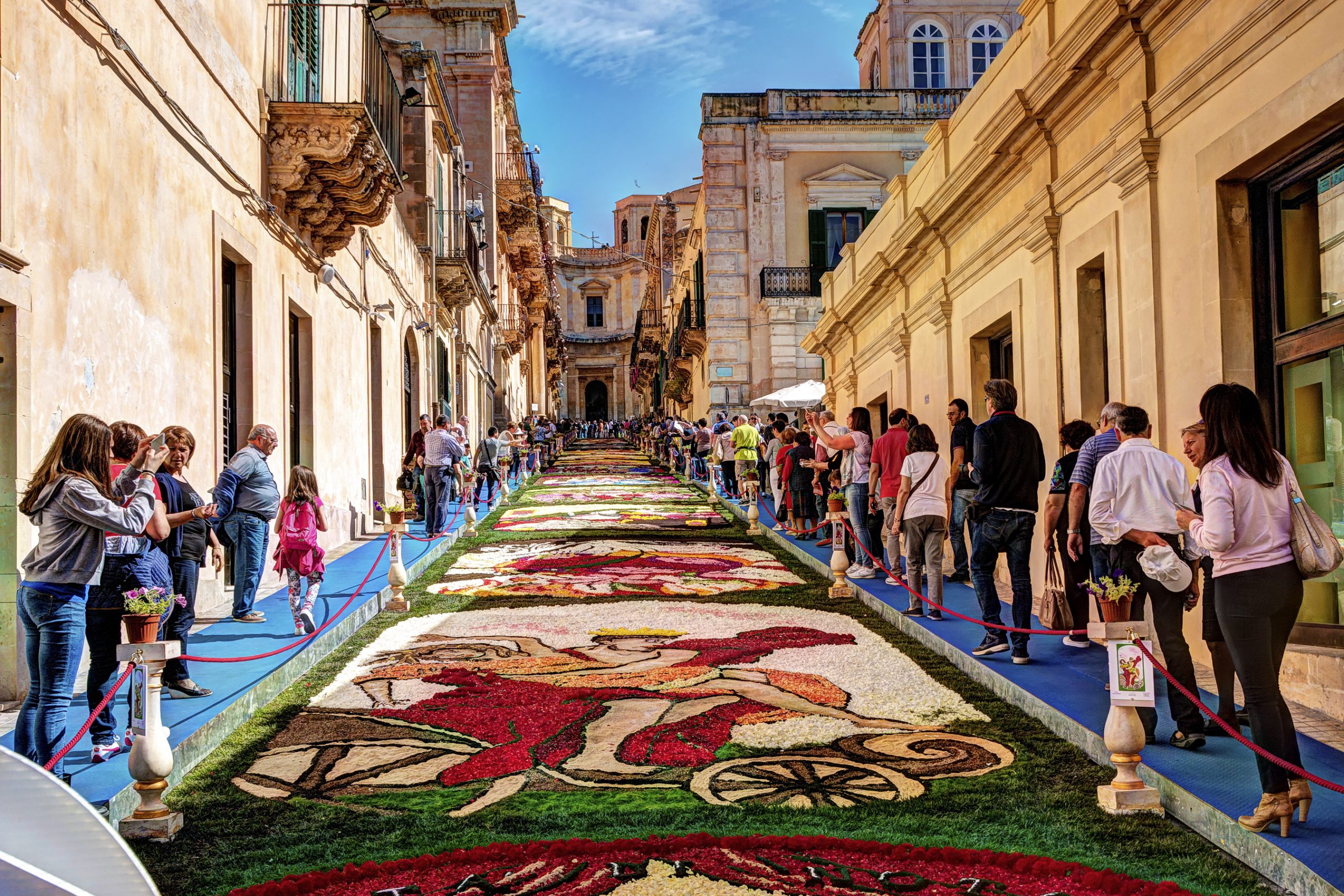While American youngsters put their shoes outside hoping that Saint Nick will leave them goodies, six-year old Filippo Brienza of Bologna put his shoes on to go see the Zampognari play. He waited all year for the beginning of December when his father would take him to Piazza dell’Orologio to listen to the beautiful bagpipe melodies.
“I’ll admit I liked it especially because there was a gelateria nearby and my dad would buy me a cup of zabaione [whisked egg with black coffee] on the way back home, but the Zampognari have a cool sound that I loved,” said Filippo.
These bagpipe players were originally shepherds who came down from the hills to spend Christmas with family and entertain passersby at local shrines. Today’s Zampognari tend to be older men whose families have a Zampognari tradition. They have become a popular holiday attraction and play mainly for entertainment.
Bagpipes inspire images of redheaded, skirt-wearing men who say “Ay, lassie” and eat a lot of potatoes. On the contrary, the Zampognari wear traditional shepherd garb made of homespun wool and cloaks of animal hide, and they probably eat a lot of pasta.
While Filippo enjoyed the Zampognari in Bologna, eight-year-old Lisa Passaniti of Verona waited anxiously for her little brother to get ready so they could go listen. The two were finally old enough to climb the hills by their home to see the local Zampognari. They sat at the hilltop humming along to “Tu scendi dalle stelle” [“You Come Down from the Stars”].
Zampognari often play “Quando Nascette Ninno” [“When the Child Was Born”], the original version of Italy’s favorite Christmas carol “Tu scendi dalle stelle”. Similar to American folk music, the singsong melodies make people get up and dance along. Each pipe is tuned differently according to the tradition in the area, making each experience unique.
Little Filippo and Lisa may have been too young to understand the musical complexity of the bagpipe genre, but they knew the Zampogna instrument was special. The Zampogna is an archaic golden instrument made with a double chantered pipe. The reeds were originally from gigantic “canna maria” reeds and the bags from sheepskin or goat hide, but today Zampogne are manufactured with synthetic materials.
“These instruments are unlike any other instrument, so it’s a rare thing to come across. Nowadays I walk by and see them on the streets creating such a nice atmosphere with their melodies. I still like to stop and listen for awhile,” said Lisa.
“Many street performers play “Tu scendi dalle Stelle”, but the Zampognari do it best. I remember a flutist once walked alongside them harmonizing, and it was so lovely,” said Lisa.
The Zampognari generally play in couples – one playing the zampogna and the other walking alongside with a “ciaramella” (reed pipe or flute) or other traditional farmers and shepherds instruments.
Originally mountain men from the regions of Abruzzo, Molise, and Lazio, modern Zampognari can be seen in many city centers today. They tend to remain in the main squares or walk slowly down streets so people can follow.
While the Zampognari generally play in cities during the holidays, in the countryside it is somewhat of a tradition. They often play at rituals or processions or festivals in Basilicata, Molise, and Abruzzo. As southerners migrated to the north, Zampognari began appearing more in cities like Bologna and Verona. Today they have a great presence in Milan.
The Zampognari come out to play on December 8 for the Feast of the Immaculate Conception and stay during Sundays during the season. Zampognari often represent shepherds in the nativity scene. Thus you can always buy a nativity scene souvenir with Zampognari figurines playing next to Jesus’ crib.
Many wish that the musicians would stay and play throughout the whole year. “The Zampognari tradition where I live is strictly bound to Christmas. I wish I could hear them play other songs at different times during the year,” said Lisa.
Christmastime brings special joy for children and families everywhere. Channel your inner Lisa or Filippo this December and listen to the Zampognari at your local Italian square.






























